‘Once, this island was a place of free thinkers, storytellers, and artists...’
By Morgan West
Cyprus spends almost two billion hours online each year! Every 12 months, the average resident logs 1,460 hours on the net. Some more, some less.
Very few of the population aren’t online at all. We may be small compared with other nations, but we’re super connected: over 90 per cent of us have the internet – and we like to use it!
By comparison, just 36 per cent of the island indulged in any form of cultural activity last year – down from 52 per cent a decade ago, and now one of the lowest rates in the EU. Cinemagoers have halved, so has the number of those attending live performances. And today, just 15 per cent of us have visited a historical site, museum or art gallery within the last 12 months…
Other than Bulgaria or Romania, that puts us lowest on the continent. We are not, it seems, into culture – despite being a crossroads of civilisations for millennia!
“Once, Cyprus was a centre of human aspiration, art and culture,” says Philip Ammerman. “It was a place of free thinkers, of storytellers. Of artists whose ancient work spoke for whole generations, entire eras.
“Even today,” he adds, “we see echoes of that creativity in our stamps, our coinage, our architecture. But are we still adding to that story, or just consuming what’s fed to us on a screen?”
A digital entrepreneur and angel investor who moved his London firm to Cyprus post-Brexit, Philip has long been passionate about the rich cultural heritage of his adopted home. And his unique perspective bridges the gap between the digital world and art.
“What I’m seeing,” he sighs, “is Cyprus’ incredible artistic heritage being subsumed.
“Social media, gaming and digital addictions have changed the way we see the world. Today, unless it’s gamified, people just don’t want to know – because visiting a cultural attraction or viewing art doesn’t deliver the same dopamine hit as endless scrolling.”
The average person spends far more on Netflix than on visiting galleries. We look at artworks in a museum for an average of 27 seconds. And one study showed that people could only recall 20 per cent of artworks they saw in a museum after just one day; they glance at it, snap a photo, and move on.
Now, tell me the plot of Die Hard.
Chances are, you haven’t seen this film recently – certainly not within the last 24 hours. And yet, you recall it – because it had an emotional impact, it told a compelling story, it demanded your attention. You weren’t just a passive observer; you were engaged, invested, immersed.
“In the past, that was what art did,” says Philip. “We experienced it, we absorbed it. It shaped our feelings and our thinking. When storytelling, mythology and craftsmanship were at the heart of society, we took our time with art; we let it speak to us, challenge us, change us. Art was never just decoration – it was a conversation, a statement, a way to understand the world.
“Today, however, we’ve been trained to ignore anything that doesn’t give us instant rewards. We consume, but we don’t connect.”
It’s this that Philip is looking to change. A digital entrepreneur he may be. But it’s precisely because he understands the online world so well that he also recognises the importance of reconnecting with the physical, the tangible and the deeply human experience of art.
“As we rewire our brains for instant digital gratification, we’re losing something deeper – something that once set the people of Cyprus apart. From Zeno of Citium, the founder of stoicism, to the incredible mosaics of Paphos, this was once an island of thinkers and creators, a place from which new ideas and inventions sprang.”
Art, Philip suggests, is one of the last spaces where algorithms don’t dictate our attention.
“And that’s the premise,” he adds, “behind ART.Cy…”
A deliberate effort to reawaken our island’s connection to genuine, human-created art, ART.Cy is a two-day extravaganza of immersive exhibitions, interactive masterclasses, and thought-provoking discussions. Featuring some of Cyprus’ most notable artists – as well as an original Salvador Dali sculpture – it encourages people to eschew passive consumption for face to face creativity in its purest form.
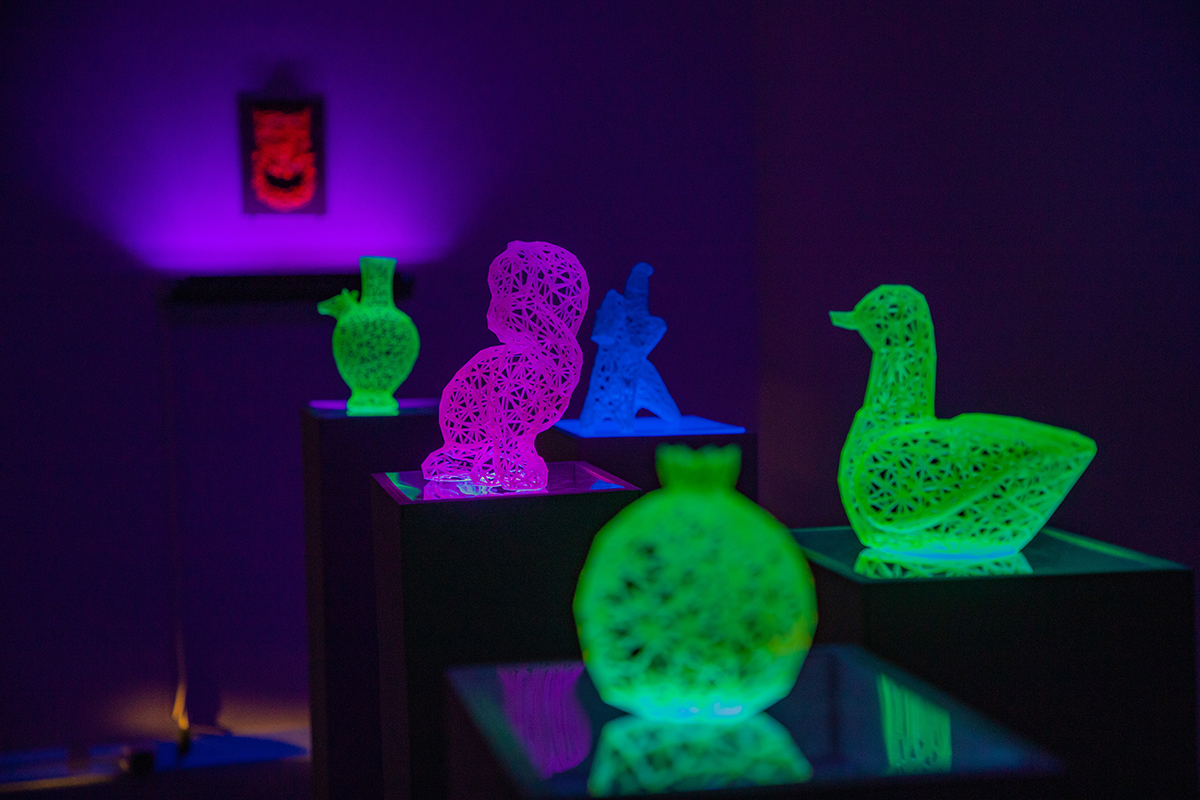
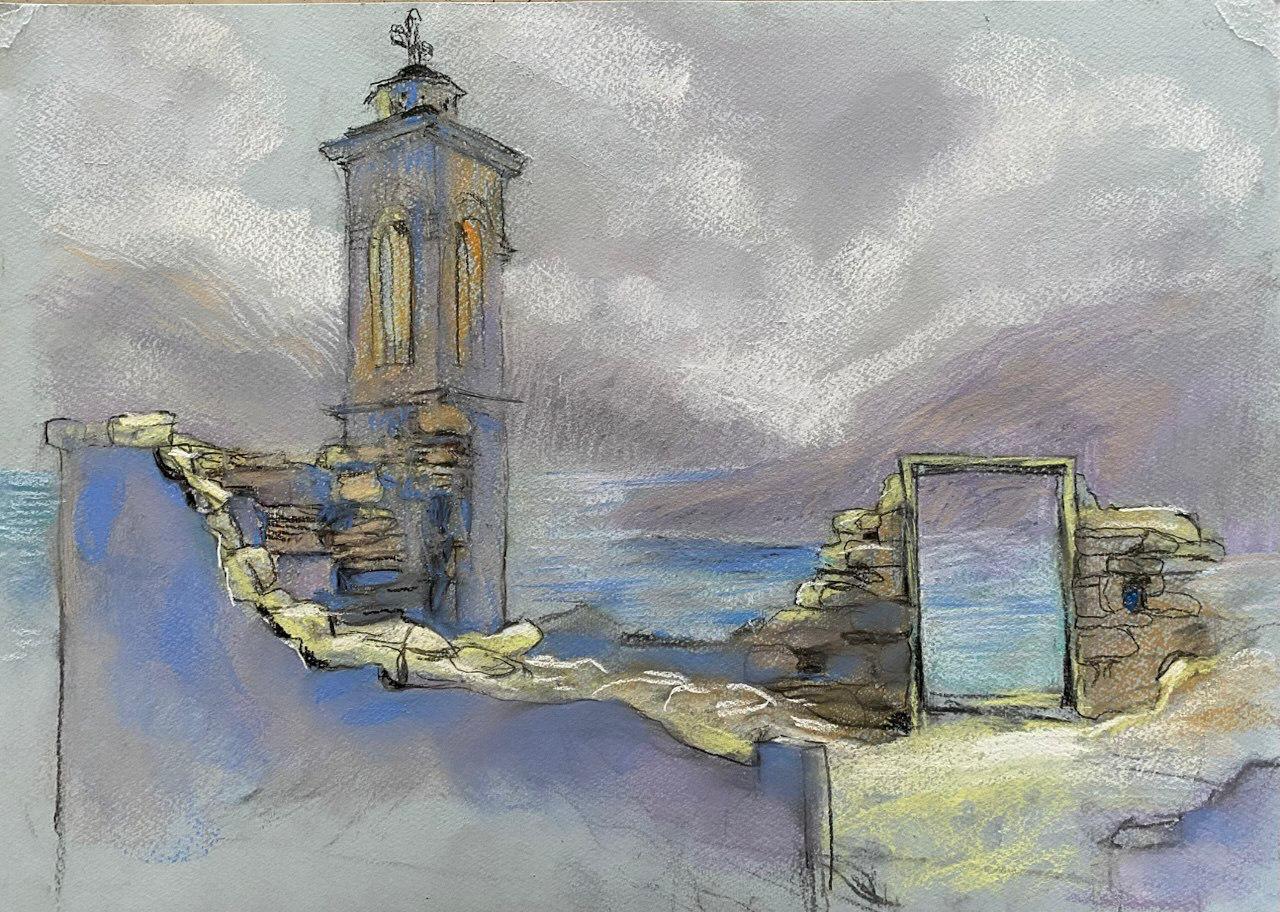
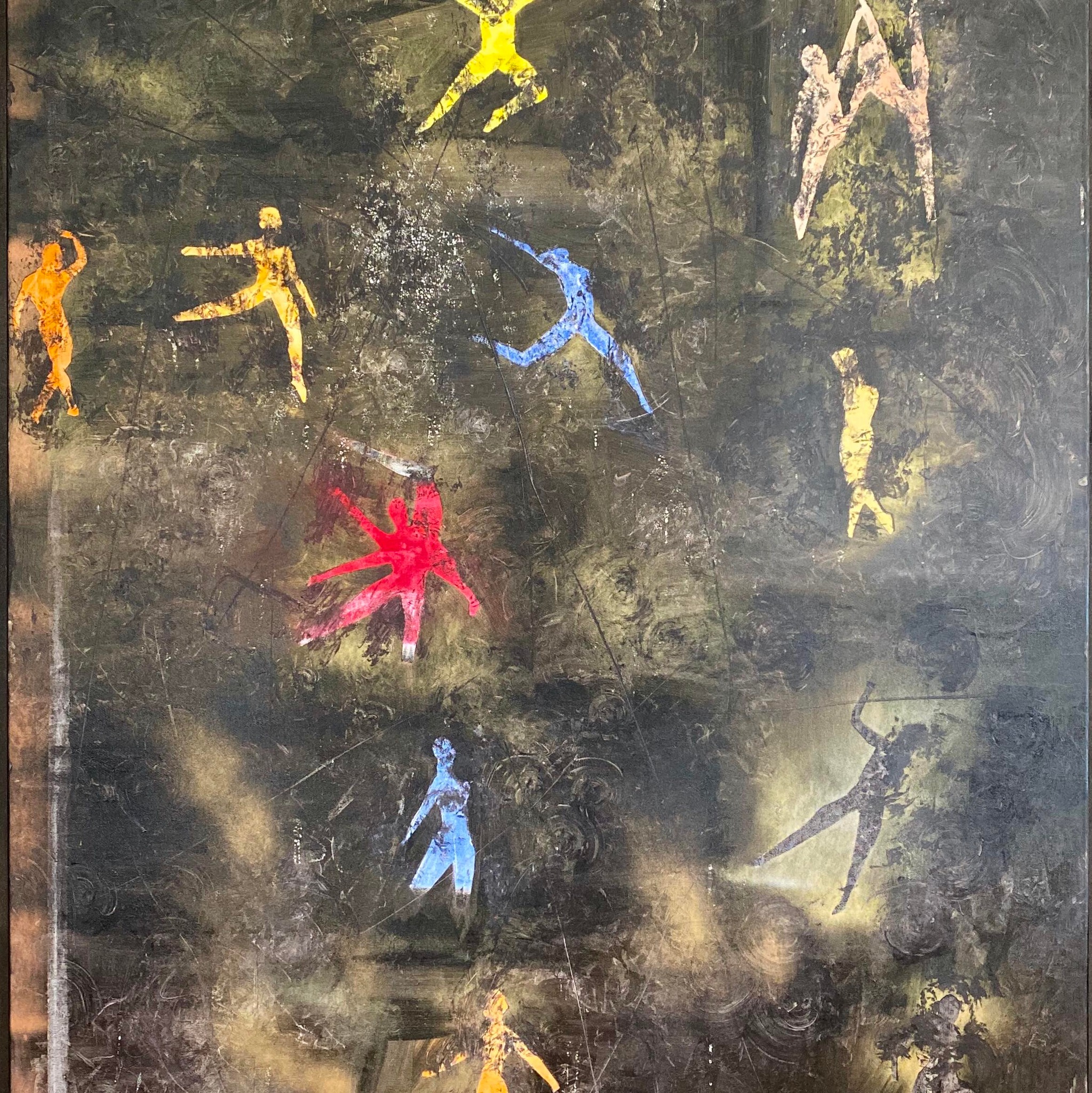

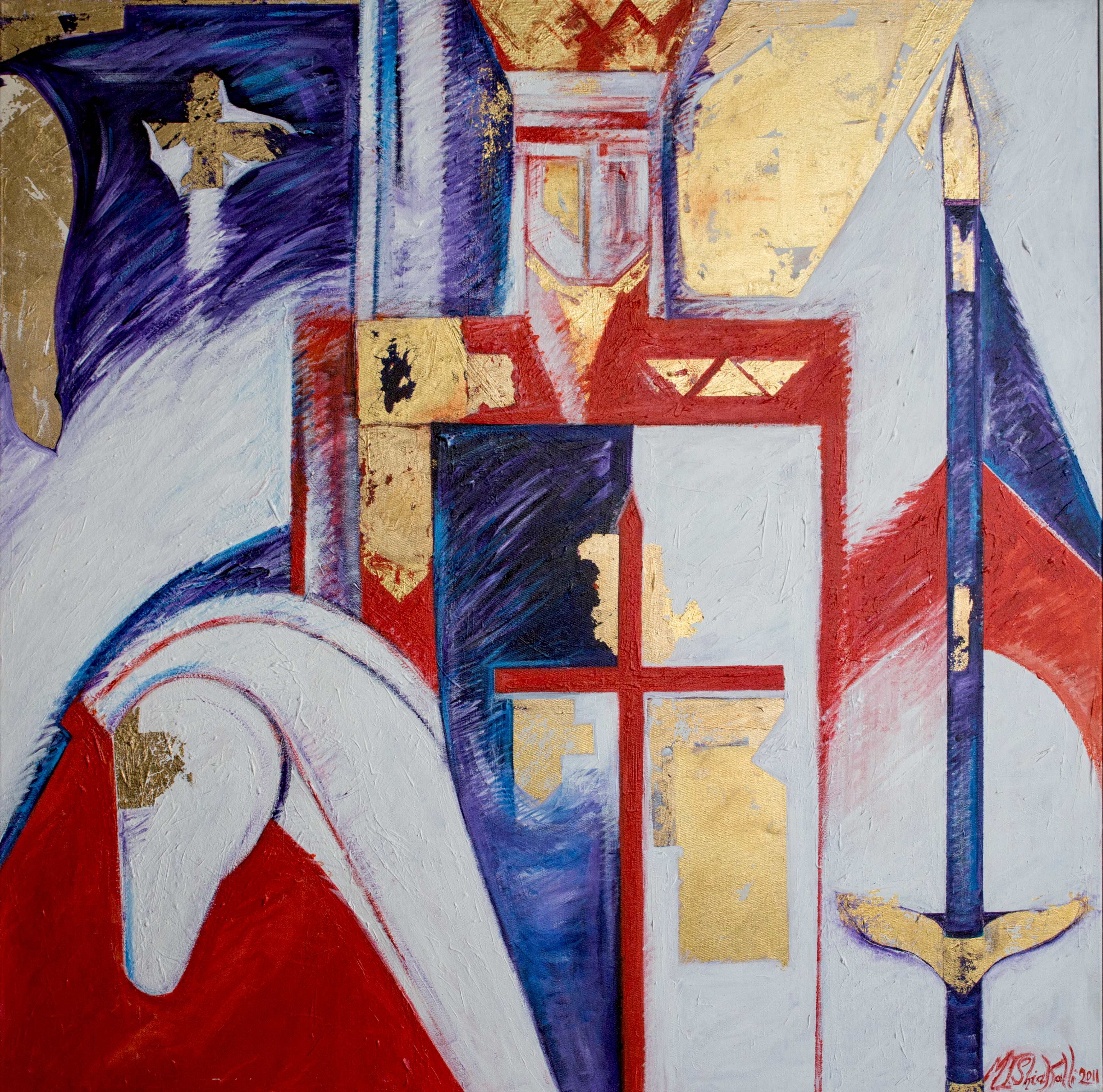
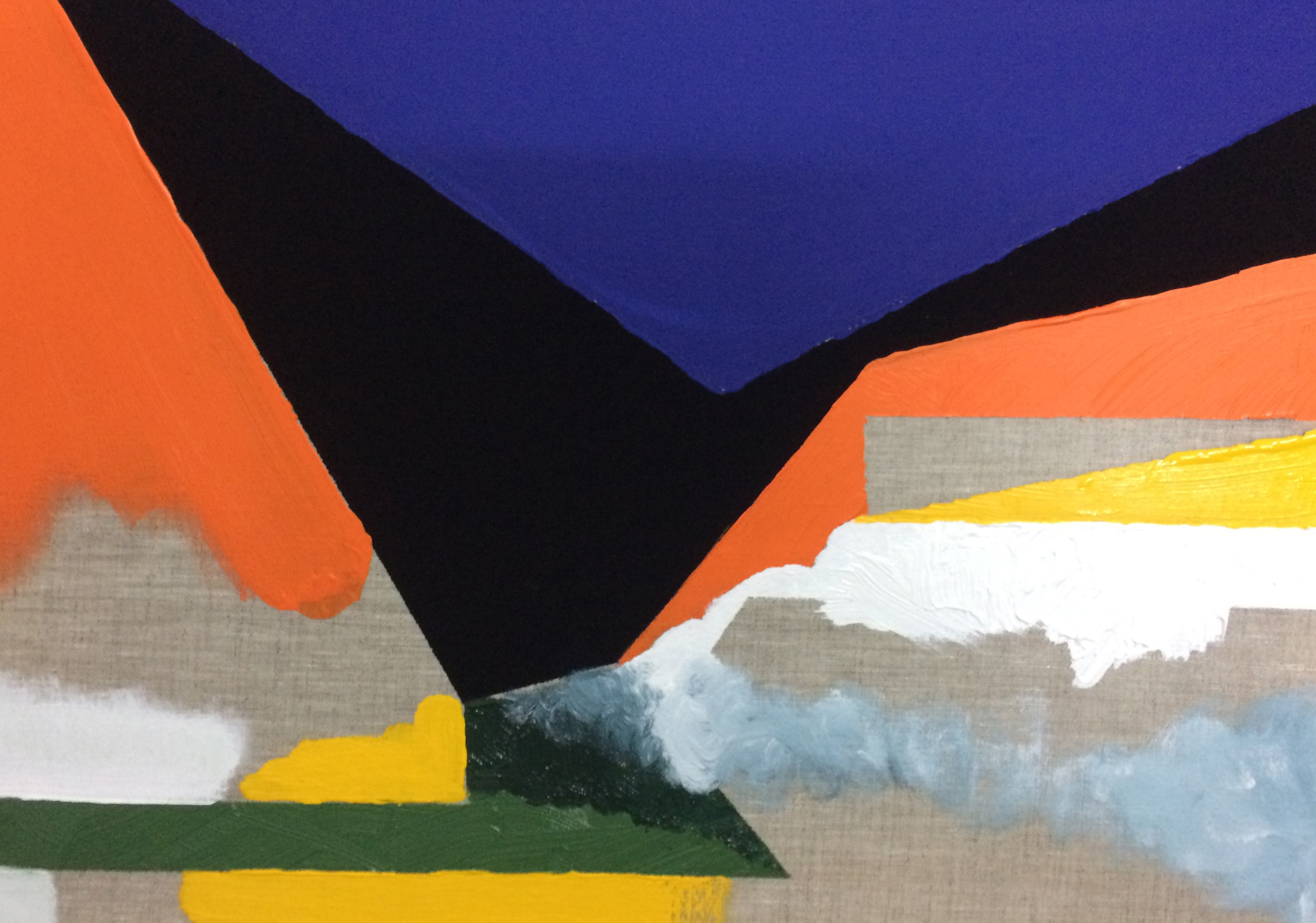
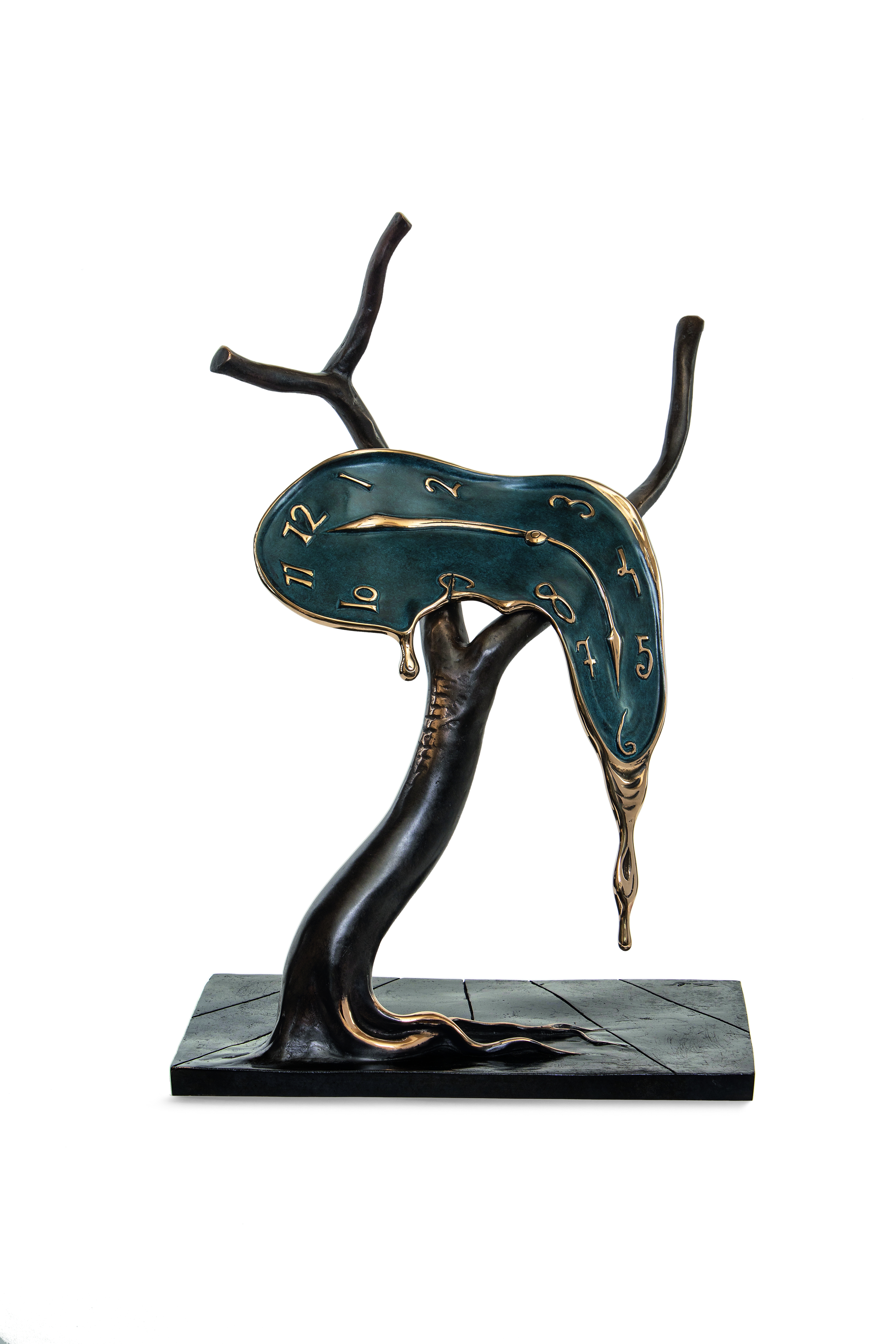
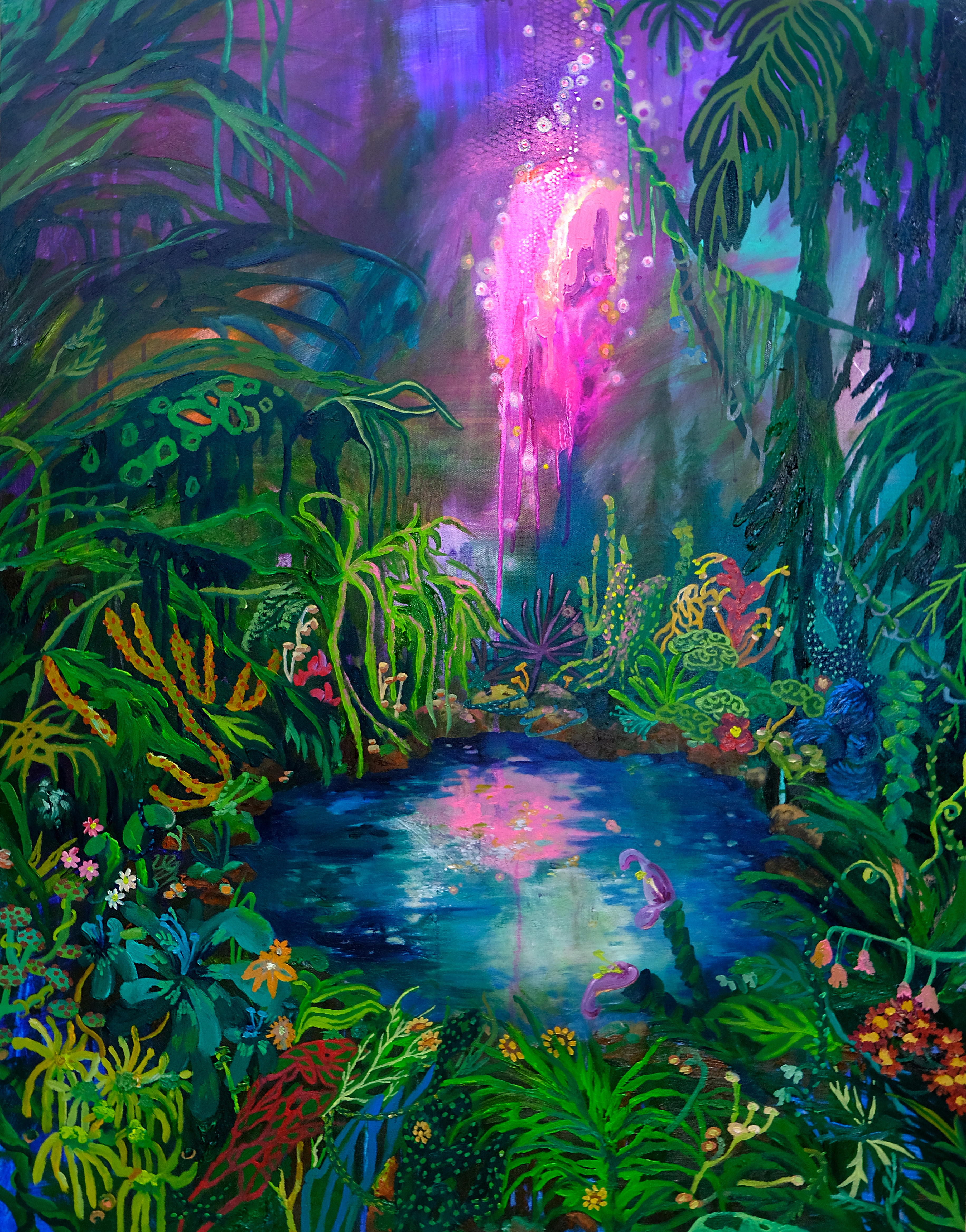
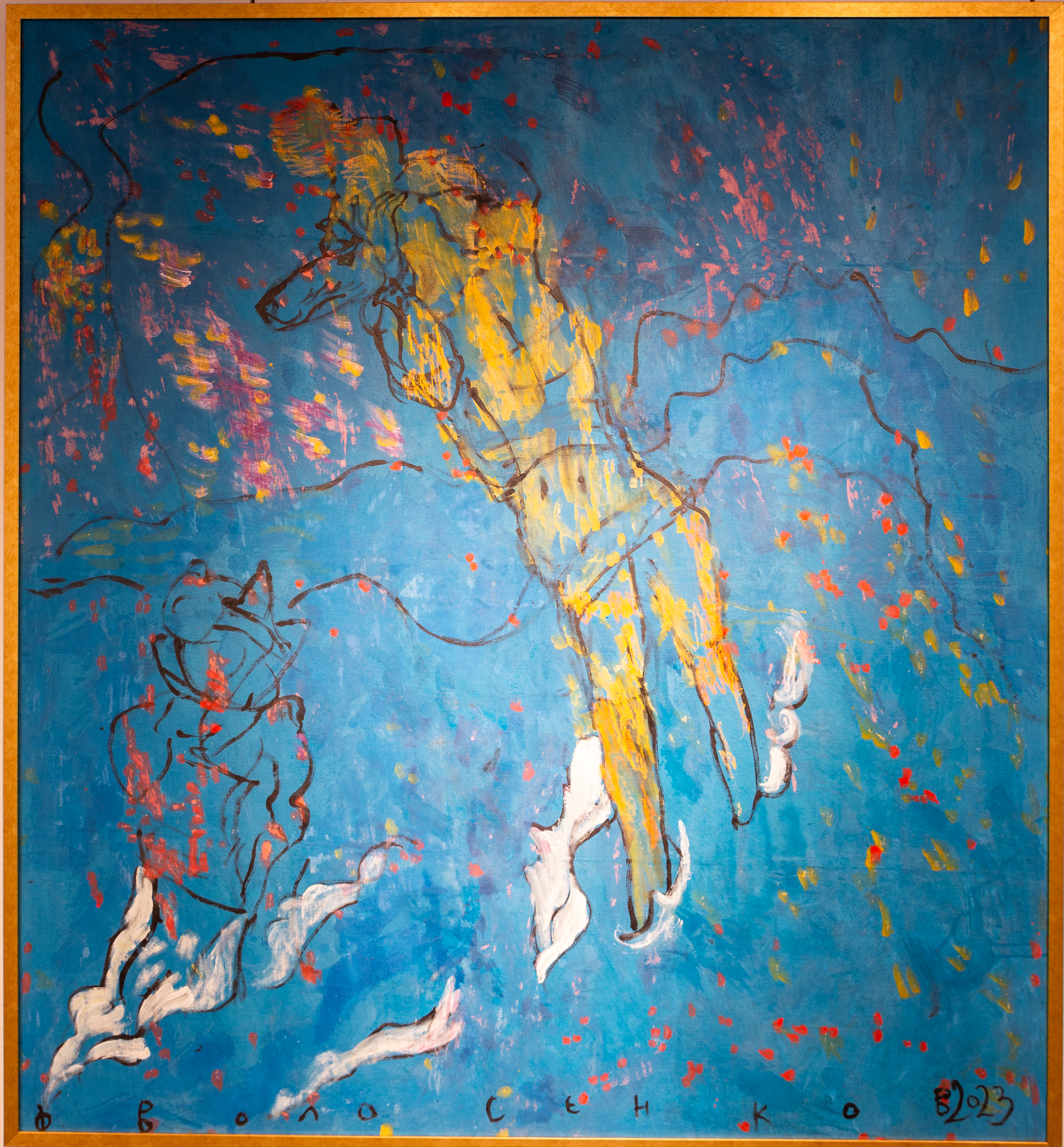
“It’s about rediscovering what art truly is,” Philip explains. “It’s about breaking the cycle of endless digital consumption, taking the time to remind ourselves that art has always been one of the purest expressions of human thought and imagination.
“Especially in Cyprus,” he notes. “Where we need to rekindle our ability to see, to question, to engage with the world beyond a screen.”
MRI studies show that looking at real-life paintings activates deeper emotional and cognitive centres in the brain than looking at images on a screen. Social media may trigger dopamine – but real art engages memory, emotion and deep thought.
And on April 11 and 12, at the Amara Hotel, Limassol, ART.Cy will be doing just that; bringing together the public, artists, collectors and investors from Cyprus and beyond.
“There will be masterclasses in traditional and contemporary techniques, discussions on the future of art in a digital world, and opportunities to engage directly with the artists – asking questions, exploring their creative processes and understanding the meaning behind their work,” Philip reveals.
“And, more than an exhibition, ART.Cy is an invitation to engage, to question, and to reconnect with the artistic legacy that has shaped Cyprus for millennia. This isn’t just about viewing. It’s about thinking. And it’s for everyone.”
For two days, ART.Cy will challenge us to step away from the algorithm and back into the real world. Back into the Cyprus that was once a bastion of art and culture.
Because some things on this island were never meant to be swiped. They were meant to be felt, seen, and lived.
For more information, visit https://www.artcy.eu

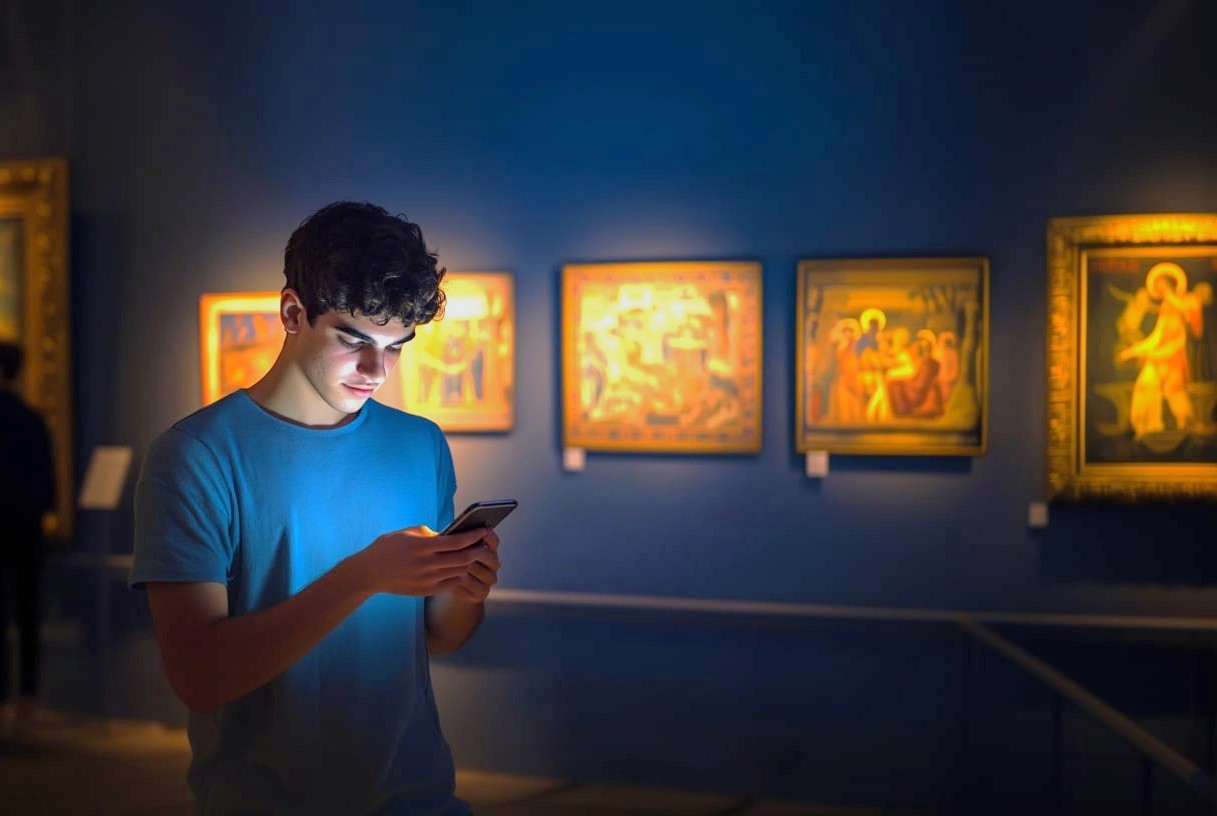
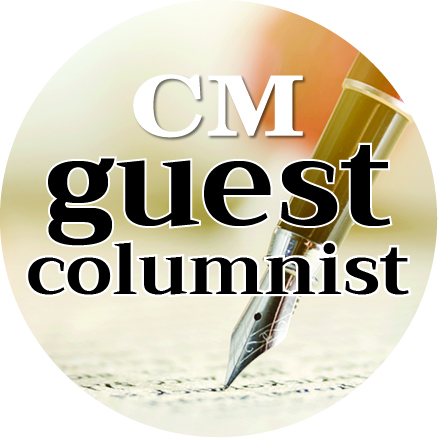
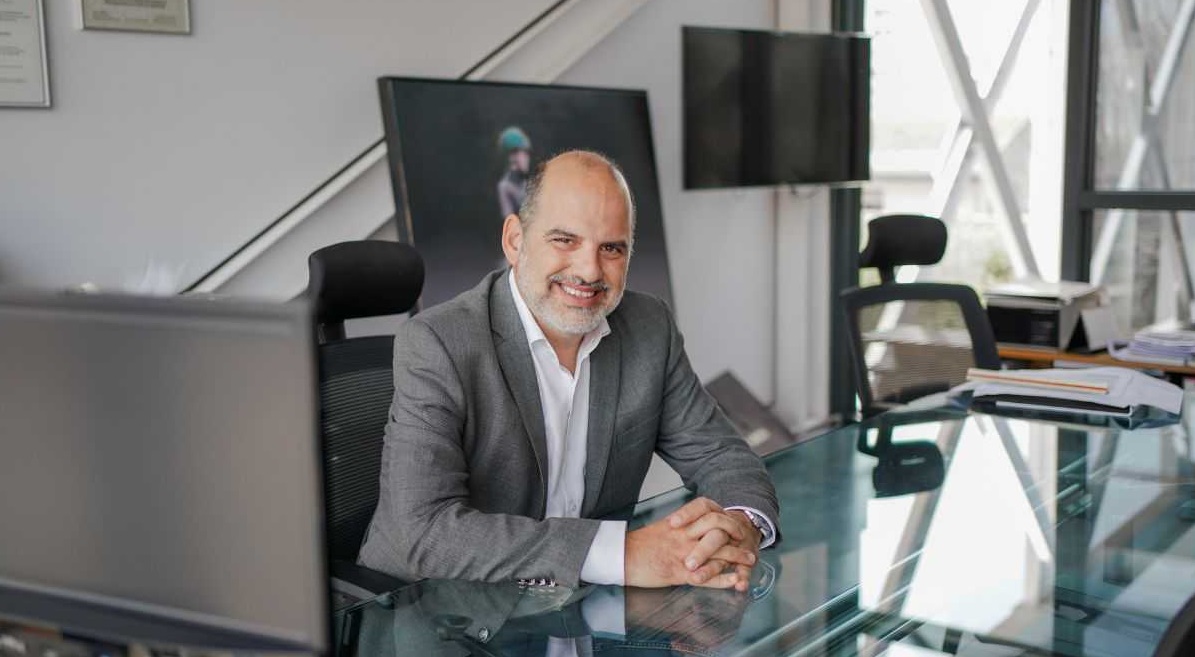

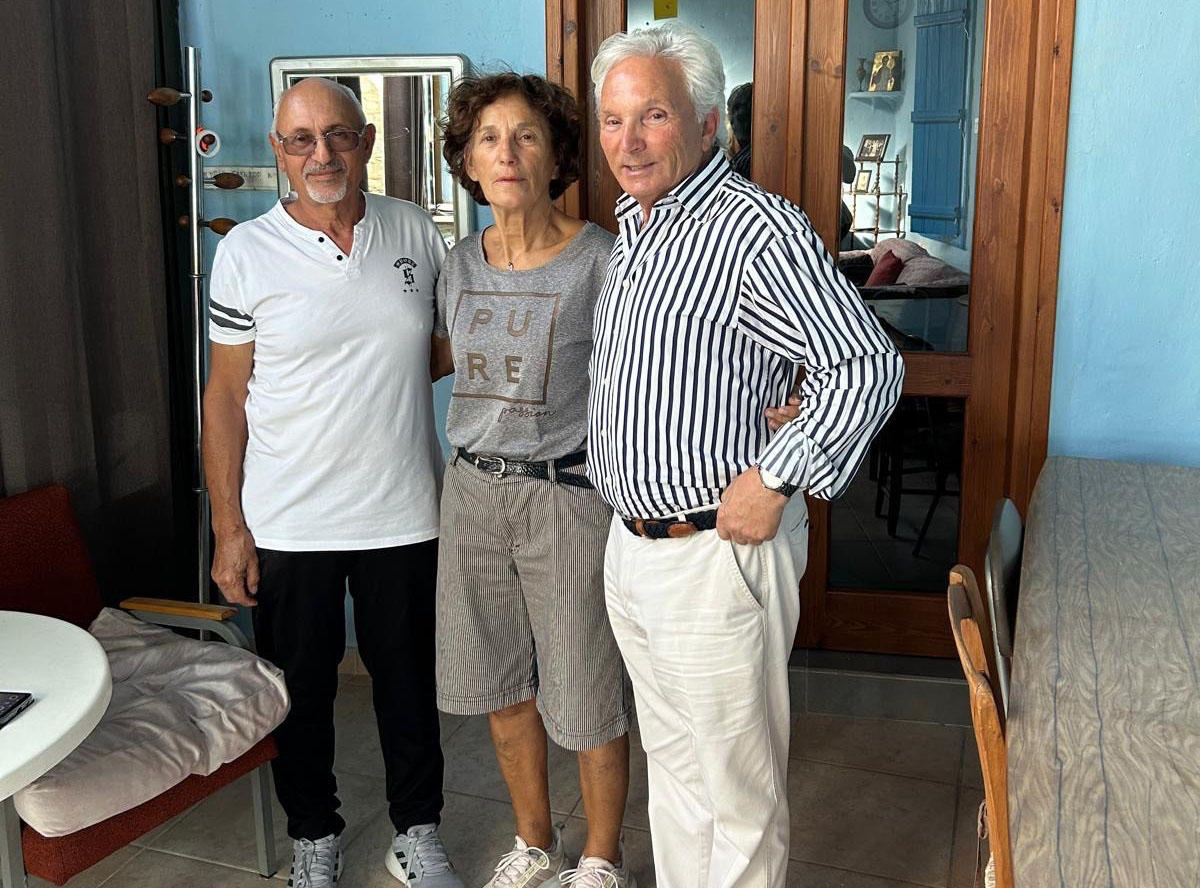
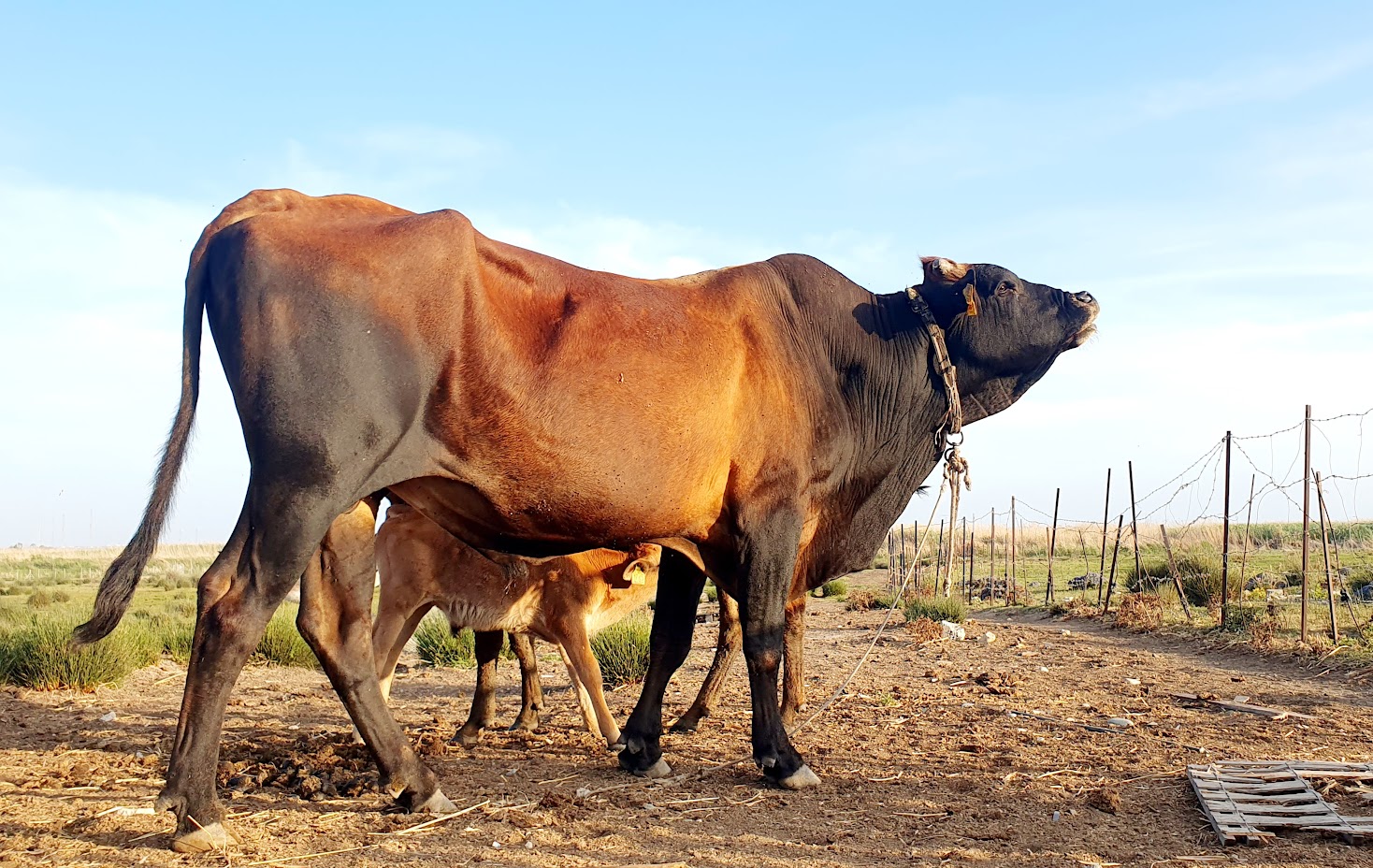
Click here to change your cookie preferences